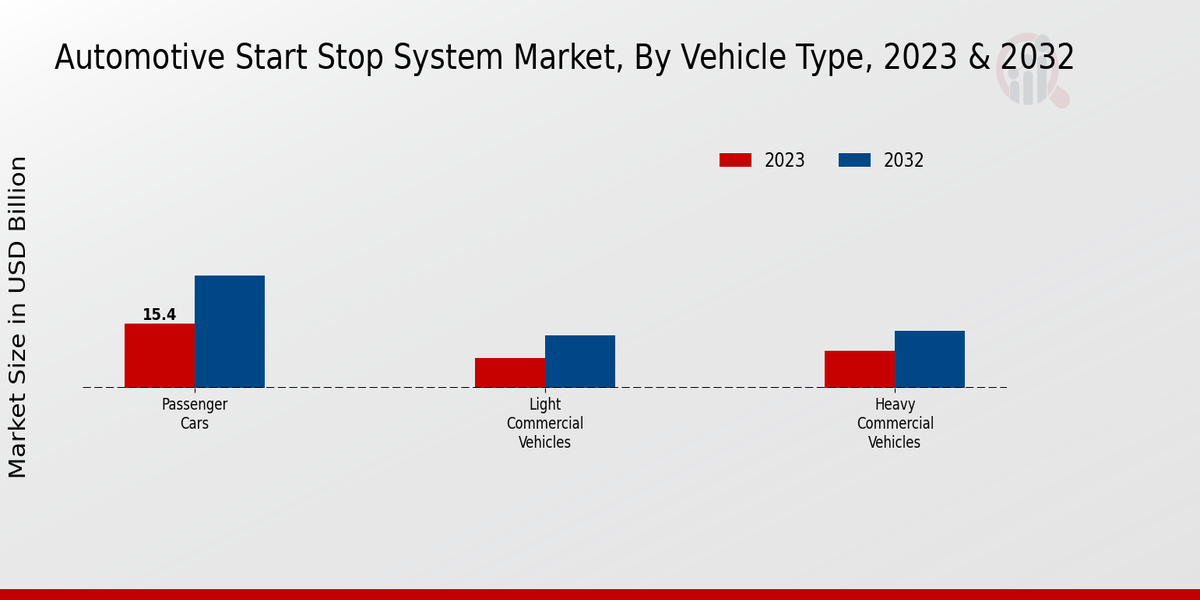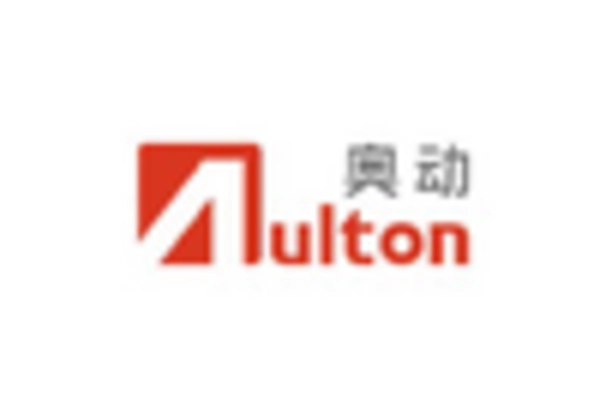Rising Consumer Awareness and Acceptance
Consumer awareness regarding the benefits of electric vehicles and battery-swapping technology is on the rise, positively impacting the Battery-Swapping Charging Infrastructure Market. As more individuals become informed about the environmental advantages and cost savings associated with EVs, the demand for accessible charging solutions is increasing. Battery-swapping offers a unique value proposition by addressing common concerns such as range anxiety and long charging times. Surveys indicate that a significant percentage of potential EV buyers express interest in battery-swapping options, suggesting a shift in consumer preferences. This growing acceptance is likely to drive the establishment of more battery-swapping stations, thereby enhancing the overall infrastructure. Consequently, the Battery-Swapping Charging Infrastructure Market stands to benefit from this trend, as it aligns with the evolving expectations of modern consumers.
Growing Demand for Sustainable Transportation
The Battery-Swapping Charging Infrastructure Market is experiencing a surge in demand driven by the increasing emphasis on sustainable transportation solutions. As urban areas grapple with pollution and traffic congestion, the shift towards electric vehicles (EVs) is becoming more pronounced. Battery-swapping technology offers a practical solution, allowing for quick battery exchanges that minimize downtime for EV users. This model not only enhances the convenience of EV ownership but also aligns with broader environmental goals. According to recent data, the number of electric vehicles is projected to reach over 30 million units by 2030, further propelling the need for efficient charging solutions. The Battery-Swapping Charging Infrastructure Market is thus positioned to play a crucial role in facilitating this transition, potentially reshaping urban mobility and reducing carbon footprints.
Supportive Government Policies and Incentives
Government initiatives play a pivotal role in shaping the Battery-Swapping Charging Infrastructure Market. Many countries are implementing policies aimed at promoting electric mobility, which includes financial incentives for EV adoption and the establishment of supportive infrastructure. For instance, subsidies for battery-swapping stations and tax breaks for companies investing in this technology are becoming more common. These measures not only encourage private sector participation but also help in reducing the initial capital costs associated with setting up battery-swapping networks. As a result, the market is likely to witness increased investments and a more robust infrastructure framework. Additionally, regulatory frameworks that mandate the development of charging infrastructure are expected to further bolster the Battery-Swapping Charging Infrastructure Market, creating a conducive environment for growth.
Partnerships and Collaborations in the Industry
Strategic partnerships and collaborations are emerging as a key driver in the Battery-Swapping Charging Infrastructure Market. Various stakeholders, including automotive manufacturers, energy providers, and technology firms, are recognizing the potential of battery-swapping systems and are joining forces to develop comprehensive solutions. These collaborations can lead to shared resources, knowledge exchange, and accelerated innovation, ultimately enhancing the efficiency and reach of battery-swapping networks. For instance, partnerships between EV manufacturers and battery-swapping service providers can facilitate the integration of compatible systems, making it easier for consumers to access battery-swapping stations. As the market matures, such alliances are likely to become more prevalent, fostering a collaborative ecosystem that supports the growth of the Battery-Swapping Charging Infrastructure Market.
Technological Innovations in Battery-Swapping Systems
Technological advancements are significantly influencing the Battery-Swapping Charging Infrastructure Market. Innovations in battery technology, such as improved energy density and faster charging capabilities, are enhancing the feasibility of battery-swapping stations. These advancements not only reduce the time required for battery exchanges but also increase the overall efficiency of the infrastructure. Furthermore, the integration of smart technologies, including IoT and AI, is enabling real-time monitoring and management of battery health and performance. This could lead to a more reliable and user-friendly experience for consumers. As the market evolves, the introduction of standardized battery designs may also emerge, facilitating interoperability among different EV models. Such developments are likely to attract investments and partnerships, thereby accelerating the growth of the Battery-Swapping Charging Infrastructure Market.



















Leave a Comment